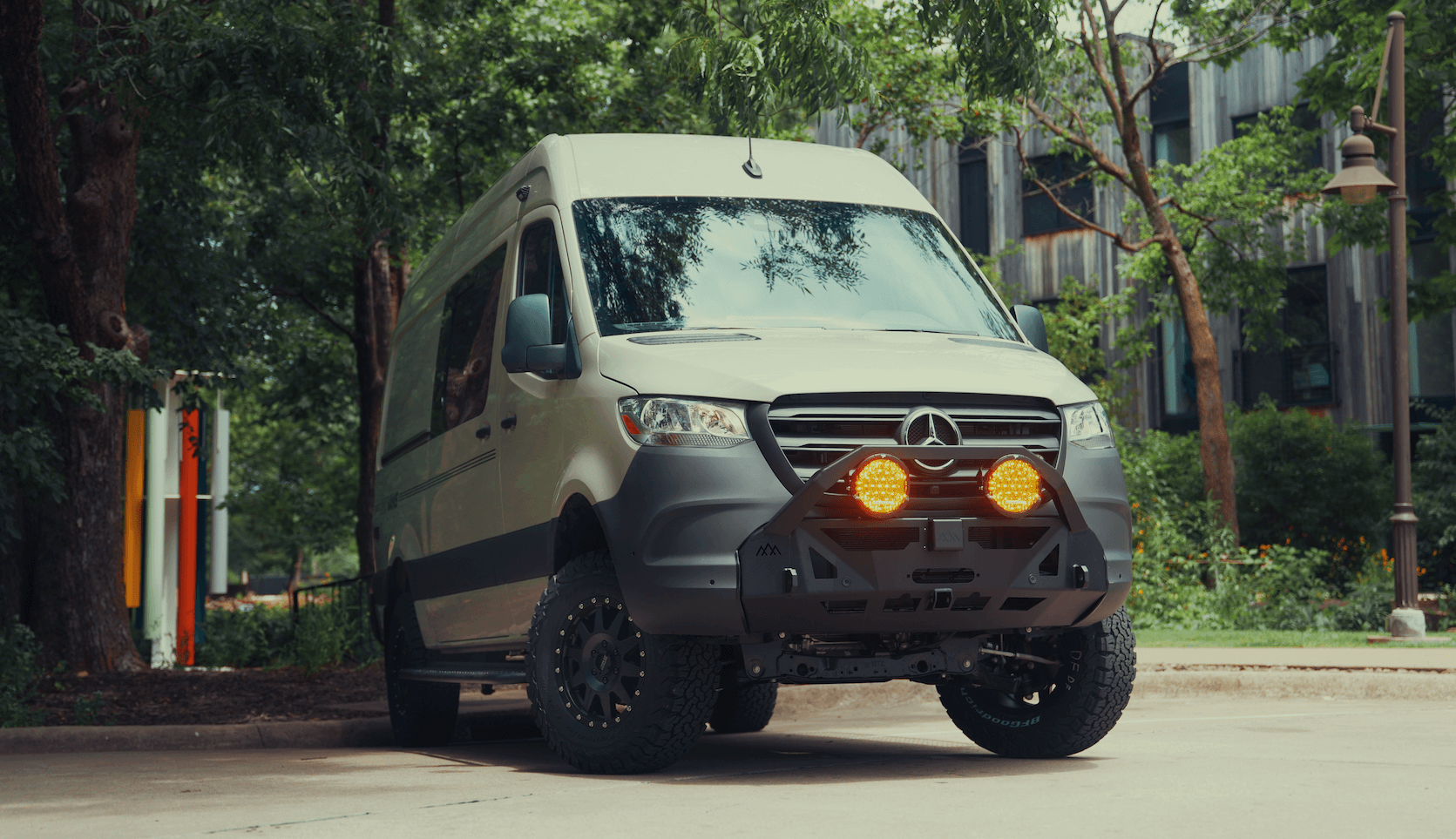Recreational Vans

Start by matching the extinguisher to the hazards you carry. For most camper and work vans, an ABC dry chemical unit covers ordinary combustibles, flammable liquids, and energized electrical sources. A 2.5 pound extinguisher suits the driver area, while a 5 pound bottle near the main entry provides more agent for a developing fire. If you store solvents, fuels, or cook with oil, step up to a larger rating where space allows. For sensitive gear like laptops, inverters, and camera equipment, a clean agent or water mist extinguisher limits residue and collateral damage.
Understand the label. The number before A and B indicates relative power, while C denotes suitability for electrical risk. Rechargeable metal valve models tolerate road vibration and servicing better than disposable versions. Look for a sturdy metal bracket, a visible pressure gauge, and a safety pin tether that will not get lost in a scramble. US Coast Guard approvals often indicate rugged construction that handles mobile environments well.
A van often needs all three because you have wood interiors, fuel, and powered circuits in one compact space.
Speed to reach matters more than any other factor. Place one extinguisher within reach of the driver without leaving the seat and a second at the primary exit so you can fight while retreating. Common spots include the front seat base, B pillar by the slider, or cargo door frame. Keep the handle around knee to hip height and visible. Do not bury it in a cabinet or behind soft goods.
Use a metal quick release bracket secured to structure, not just thin paneling. Carriage bolts with fender washers or rivnuts into steel work well. Aim for upright orientation and keep it out of direct heater airflow and roof glass hotspots. Verify the bracket latch will not vibrate loose on washboard roads. If you carry a motorcycle or tools, guard the valve from impact with a simple hoop or corner protector.
A solid mount prevents accidental discharge and ensures the bottle is exactly where your hand expects it in a tense moment.
Check monthly. Confirm the gauge is in the green, the pin is secured, the hose is clear, and the bottle shows no corrosion or dents. Invert and gently shake dry chemical units to loosen the powder. Mark a calendar for annual inspections and recharge or replace after any use. Most consumer extinguishers have a service life of 10 to 12 years when maintained.
Teach the PASS technique to every rider. Pull the pin, Aim at the base, Squeeze the handle, and Sweep side to side. Stay low, keep an exit at your back, and if the fire grows beyond a wastebasket size, evacuate and call for help. For cooking flare ups, try a fire blanket or smother with a lid before reaching for the bottle. Never throw water on grease. For energized circuits, cut power first if you can do it safely.
Van conversions add inverters, chargers, and auxiliary batteries. An ABC can knock down small electrical fires, but cooling is critical if a lithium ion pack overheats. Water or water mist helps remove heat, while you isolate the battery area and ventilate smoke. Follow your battery manufacturer guidance and never open a battery case. If smoke continues after an initial knockdown, evacuate, move away, and call emergency services.
Some jurisdictions require extinguishers in commercial service vehicles. Even when not required, insurers often view them favorably when mounted correctly and inspected. Keep a log with dates and serial numbers. If you carry passengers for hire or haul fuel powered equipment, choose larger units and verify compliance with local rules.
Fire safety works best when it is designed into the layout. Clear sightlines, ergonomic reach, and protected wiring make the difference when seconds count. During a layout refresh or a new build, plan for the bracket, choose agent types for your risks, and label locations so guests can act without hesitation. A small fire kit can also include a blanket, gloves, headlamp, and spare fuses next to the bottle.
OZK Customs designs interiors where safety and comfort share the same space. If you want a thoughtful placement that fits your seating and storage, see our recreational van platform options at recreational vans. If your vision calls for a one off cabin with integrated safety gear, explore our custom van builds. For buyers seeking a ready to finance base to upfit, review our mainstream vans.
A properly chosen and mounted fire extinguisher for van travel is a small investment that protects people, rigs, and memories. If you are planning a new build or revising your cabin, we will map bracket locations, specify agent types, and validate access during handoff. Reach out so we can tailor a safe, clean install that fits your routes and gear.
Final Tell us how you travel and what you carry, and OZK Customs will integrate the right fire extinguisher for van safety into a refined, road ready layout. Submit the form to start your build plan today.
Ready to integrate a properly mounted, easy to reach fire extinguisher into your build? OZK Customs designs and installs safety systems that fit your layout, from bracket placement to wiring protection. Tell us how you travel, and we will engineer a clean, code conscious solution that is tested before delivery. Submit the form and our team will map the safest plan for your van.
ADDRESS:
6159 E Huntsville Rd, Fayetteville, AR 72701
PHONE:
(479) 326-9200
EMAIL:
info@ozkvans.com